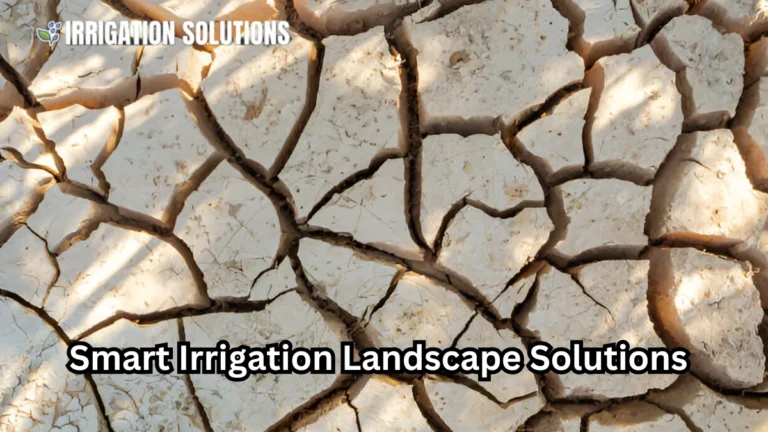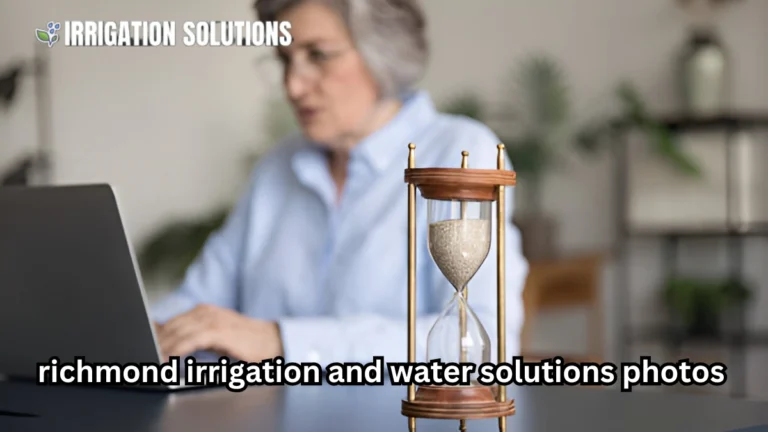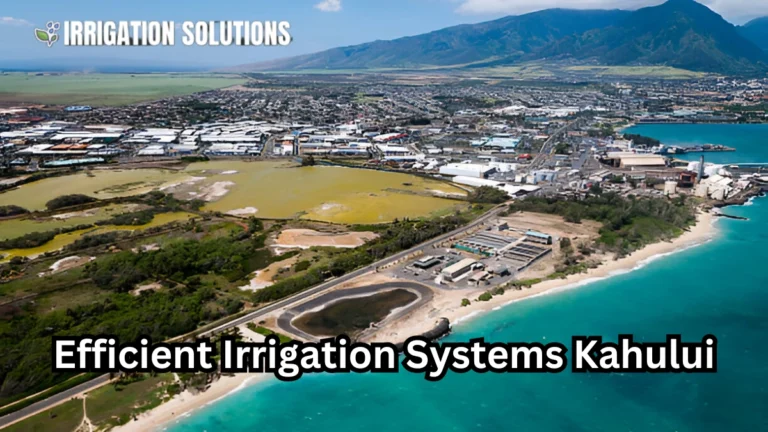Best Irrigation Systems Maui Solutions

Maui’s lush landscapes and vibrant agriculture rely on effective irrigation to thrive. From supporting tropical gardens to ensuring sustainable farming, irrigation systems in Maui are vital. Whether you’re a homeowner seeking to maintain a stunning yard or a farmer cultivating crops, understanding your options can save water, money, and time.
This guide explores the various types of irrigation systems available in Maui, their benefits, and how to choose the right one. Dive in to discover how proper irrigation contributes to Maui’s environmental and agricultural health.
Why Irrigation Matters in Maui
Maui’s climate is diverse, ranging from arid areas to tropical rainforests. Despite abundant rainfall in some regions, water conservation is crucial due to the island’s limited freshwater resources. Irrigation systems help distribute water effectively, ensuring plants receive the hydration they need without unnecessary waste.
Key benefits of proper irrigation include:
- Water efficiency: Reduces water waste and conserves resources.
- Healthy plants: Provides consistent moisture for optimal growth.
- Cost savings: Lowers water bills with efficient water use.
- Erosion prevention: Minimizes soil runoff during watering.
Types of Irrigation Systems in Maui
Drip Irrigation
Drip irrigation delivers water directly to the plant roots, minimizing evaporation and runoff. It’s ideal for Maui’s dry areas or gardens with varying plant needs.
Advantages:
- Saves water with targeted delivery.
- Reduces weed growth by keeping surrounding soil dry.
- Works well for fruit trees, vegetables, and ornamental plants.
Sprinkler Systems
Sprinkler systems mimic rainfall, distributing water over a large area. These are common in residential lawns and public spaces.
Advantages:
- Covers large areas quickly.
- Adjustable to suit different water pressures and landscapes.
- Can be automated for convenience.
Surface Irrigation
This traditional method involves channeling water across the soil surface, often used in farming.
Advantages:
- Low cost installation.
- Simple design with minimal maintenance.
- Effective for crops like taro and sugarcane.
Soaker Hoses
Soaker hoses release water slowly along their length, saturating the soil directly. They’re suitable for flower beds and vegetable gardens.
Advantages:
- Affordable and easy to install.
- Reduces water waste by targeting plant roots.
- Flexible for use in various garden sizes.
How to Choose the Right Irrigation System
Consider these factors when selecting an irrigation system for your Maui property:
- Soil Type
- Sandy soils drain quickly and benefit from drip or soaker systems.
- Clay soils hold water longer and may work well with surface irrigation.
- Plant Needs
- Lawns thrive with sprinkler systems.
- Tropical plants often prefer drip irrigation for consistent moisture.
- Water Source
- Access to municipal water, wells, or rain catchment systems influences system choice.
- Budget
- Drip irrigation systems may have a higher upfront cost but save money over time.
- Sprinkler systems offer affordability for larger areas.
Case Study: Sustainable Farming in Maui
Maui Organic Farms implemented a hybrid irrigation system combining drip and sprinkler technologies. By tailoring the water delivery to specific crops, the farm reduced water usage by 30% while increasing yield by 20%.
The farm manager noted:
“Investing in the right irrigation system transformed our operations. We conserve water and support sustainable agriculture for the community.”
Table: Comparison of Irrigation Systems
| Irrigation Type | Cost | Water Efficiency | Best For | Maintenance Required |
| Drip Irrigation | High | Very High | Vegetables, fruit trees | Moderate |
| Sprinkler Systems | Moderate | Medium | Lawns, large areas | Low |
| Surface Irrigation | Low | Low | Traditional crops | Low |
| Soaker Hoses | Low | High | Flower beds, gardens | Low |
Installing and Maintaining Irrigation Systems
Proper installation ensures your system works efficiently. While professional installation is ideal, some systems are DIY friendly.
Steps for Installation:
- Plan the layout, considering plant types and sun exposure.
- Test water pressure to match the system’s requirements.
- Install filters to prevent clogs, especially for drip systems.
Maintenance Tips:
- Check for leaks regularly to avoid water waste.
- Clean filters and nozzles to maintain optimal performance.
- Adjust settings seasonally to match water needs.
Innovative Solutions for Maui’s Water Challenges
In Maui, where water conservation is vital, integrating technology into irrigation systems makes a big difference. Smart irrigation controllers adjust watering schedules based on weather data, ensuring plants receive only what they need.
Additionally, rainwater harvesting systems can complement irrigation by collecting and storing rainwater for later use.
Final Thoughts
Choosing the right irrigation system for your Maui property is more than a practical decision; it’s an investment in the island’s future. By conserving water and supporting sustainable practices, you contribute to Maui’s thriving ecosystems and agricultural success.
Whether you’re nurturing a backyard garden or managing a large farm, there’s an irrigation solution tailored to your needs. Embrace these systems, and let Maui’s landscapes flourish.






